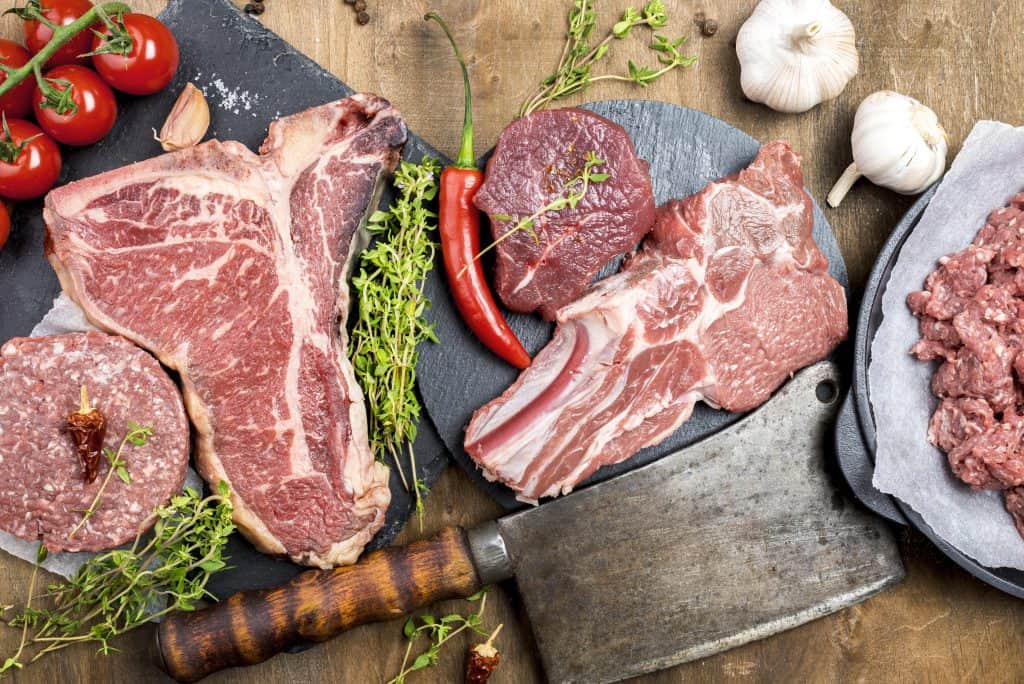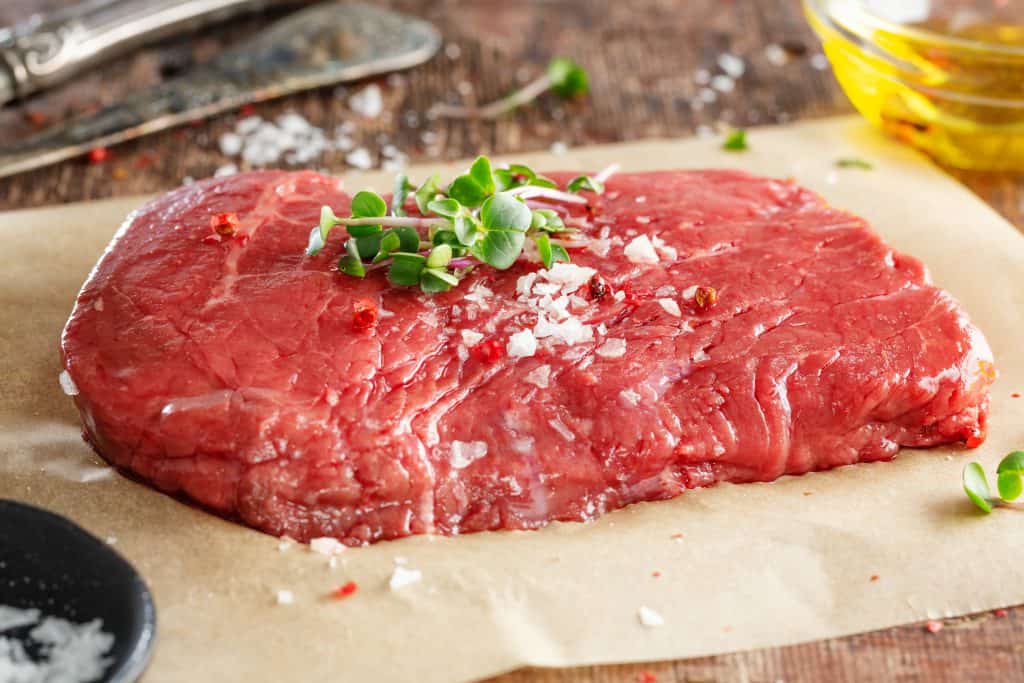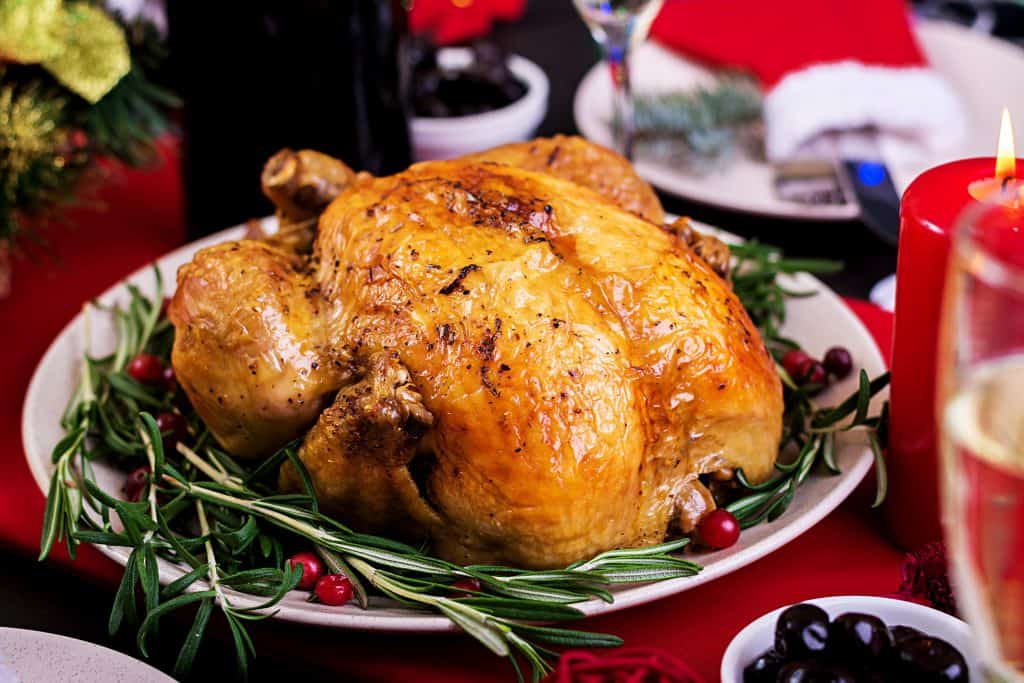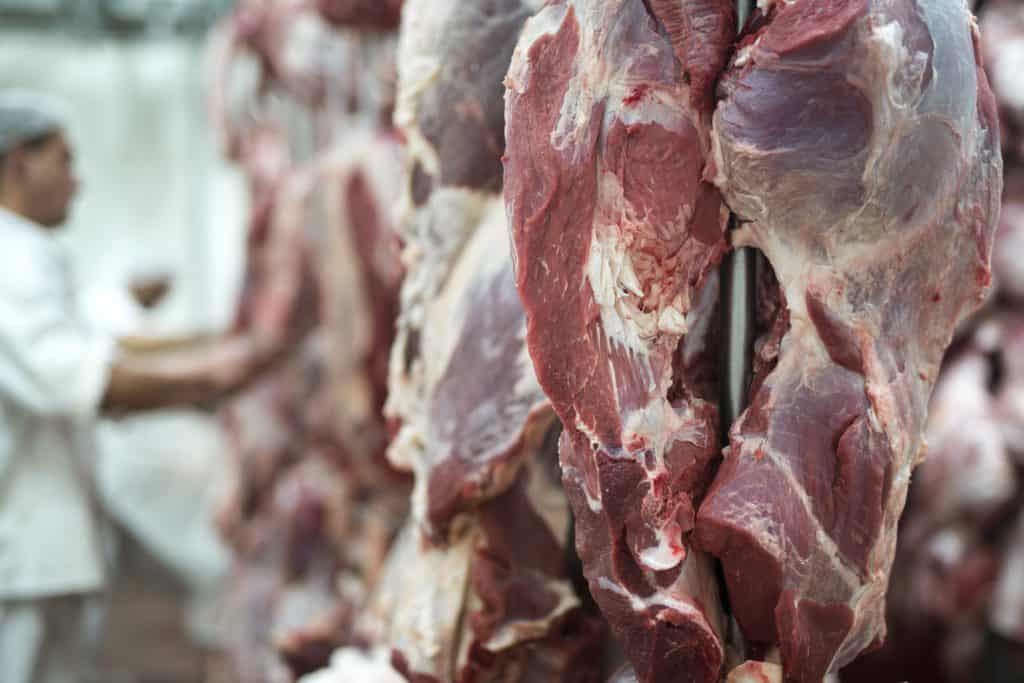Due to the suitable conditions that raw meat has for the growth of bacteria, it is very important to maintain the health of this food item. Meat hygiene includes all the activities that must be observed from the beginning of production to the time of consumption of the product in order to maintain its health, and an important part of this health and hygiene is related to the way of industrial storage and transportation of food. However, the different laws that exist about the type of storage and consumption of meat can confuse us as a consumer. In this article, we will fully introduce you to safety and health tips, how to store and consume all types of meat, chicken and fish.

Tips for choosing and buying meat
When buying meat, pay attention to the remaining time of its expiration. Buy as much meat as possible. When buying from the store, pick the meat last so that it stays out of the refrigerator for less time. Smart packaging and smart label are important technologies that can show the health status of meat instantly and make you feel at ease about the health of your chosen product. To learn more about this technology, you can read the articles “Smart Label” and “Smart Packaging” in Vira blog.
When choosing and buying meat, consider these things:
- Avoid buying any beef or lamb that is dark brown or colorless, has a strong odor, and is tough or slimy.
- Avoid buying any chicken that looks slightly pale, has a strong odor, or feels tough or slimy.
- Avoid buying any fish that is pale or discolored, has slimy flesh, and has a pungent or ammonia-like odor.
Avoid buying any meat that comes in damaged, leaking, or torn packaging, as it may have been exposed to air and harmful bacteria.
Preparing meat for consumption

Wash hands regularly when preparing any meat, fish or poultry. Bacteria from raw meat can quickly spread to your hands and the meat itself. Always wash your hands with soap and water for at least 20 seconds before and after handling meat, whether raw or cooked.
Because bacteria can spread easily, prepare meat for cooking on a surface separate from other foods. Keep vegetables and other foods away from meat and prepare them separately; Especially if you don’t cook them together in the same dish and they are supposed to be served as ingredients next to meat.
Try to use separate cutting boards (the cutting board for vegetables and meat should not be the same), wash all cooking utensils after contact with raw meat, and use other utensils for serving after preparing food.
Meat storage and hygiene tips
Raw meat usually stays healthy for up to three days in the refrigerator. If you plan to keep uncooked meat for a longer period of time, freezing it is the best option. Before freezing, put the meat in a freezer bag or container with a lid that you only use for packing meat and put it in the freezer.
Safe freezing and refrigeration time also depends on storage temperature. Keep your freezer temperature as close to minus 17 degrees as possible. This helps preserve nutrients and keep food fresh. Also keep the refrigerator at a temperature of about 1.1 degrees Celsius, just above the freezing temperature, to prolong the shelf life of food.
Below are general guidelines for the safe shelf life of raw meats when properly stored, which have a direct impact on meat hygiene:
| type of meat | Safe shelf life in the refrigerator | Safe shelf life in the freezer |
| raw poultry | 1 to 2 days | Cut poultry up to 9 months, whole poultry up to 1 year |
| Raw minced meat | 1 to 2 days | 3 to 4 months |
| Sliced meat or raw steak | 3 to 4 days | 4 to 10 months |
| raw fish | 1 to 2 days | 6 months |
| Poultry, fish or cooked meat | 3 to 4 days | 2 to 6 months |
| Processed meat (sausage) | Opened package up to one week, opened package up to 2 weeks | 1 to 2 months |
Cooking temperature and meat health

The cooking temperature of the meat affects both the taste and the health of the food.
There are usually 3 main ways to cook steak: semi-raw, medium and fully cooked. The temperature of each shows us the amount of heat received in the middle of the meat. The steak cooking temperature in these 3 modes is as follows:
- Semi-raw: 48-51 degrees Celsius
- Average: 60-62 degrees Celsius
- Fully cooked: 73 degrees Celsius or higher
In terms of the health and hygiene of meat, the more fully cooked this food item is, the less health risk is associated with its consumption.
Safe cooking temperatures for all types of meat, chicken and fish are:
- Poultry: 73.9 degrees Celsius, for whole or ground poultry. Chicken should never be eaten raw. Raw and undercooked chicken contains salmonella bacteria and can lead to various diseases. You should always eat chicken and other poultry completely cooked.
- Minced meat: 71.1 °C, for minced beef, mutton and lamb. Bacteria from uncut or sliced raw meats are only on their surfaces, while bacteria from ground meats may be mixed in. Therefore, minced meat should be cooked at a higher temperature than sliced meat.
- Sliced meat: 62.8 degrees Celsius. The meat should be placed at room temperature for at least 3 minutes and then consumed. In this case, there is more time for the meat bacteria to be destroyed by the heat.
- Fish: 62.8 degrees Celsius or until the flesh is white and easily separated.
General food hygiene and safety tips

Change the sponge and kitchen towels regularly. Washing and drying dishes and cutting boards with sponges and napkins contaminated with raw meat bacteria can spread the bacteria to other dishes and surfaces. Bacteria and other pathogens also grow on sponges and wipes over time, so be sure to thoroughly clean your Scotch every other day and replace it once a week.
Learn more about food hygiene and safety: The importance of food hygiene
Conclusion
Raw meat is a very suitable place for the growth of harmful bacteria, and in this sense, paying attention to the way of storage, transportation and consumption has a direct effect on the health of the meat and its health. Never use raw meat, especially beef, sheep and poultry. Bacteria can grow in large numbers on raw or old meat, so even a small amount of undercooked or spoiled meat can cause illnesses caused by salmonella and E. coli bacteria. When it comes to meat, poultry, or fish, if you have any doubts about whether it’s safe to eat, it’s best not to eat it.
Source: Healthline.com


Hi virasmart.co admin, Thanks for the well-organized and comprehensive post!
Thank you very much for your opinion.